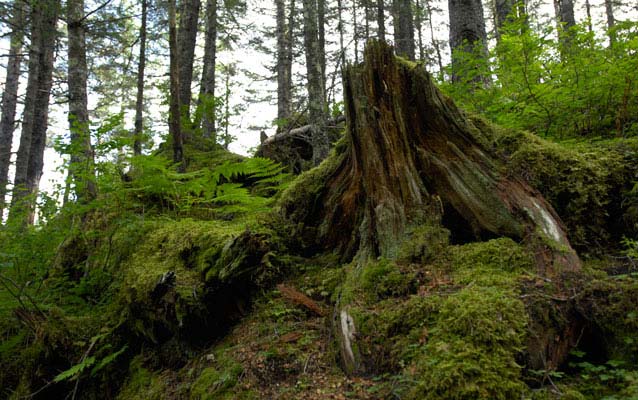I enjoyed this presentation because It gave me a much needed, comprehensive review off resilience and its related concepts. Its been a few years since I learned about it in any depth. Multiple stable states in forestry are actually fairly relevant to my research since I’m focussing on how mountain chickadees react to different environments, both of which are stable (urban areas and forests).
I took a course in my undergrad that focused heavily on mountain pine beetles and their impact on hydrology (taught by Doug Corrin), so I found the information on how beetle killed forests experienced less spread of forest fire than typical forests. It makes sense that the reduced transpiration from the dead trees would mean more moisture in the ground, but I’ve never considered the effect it would have on forest fires.
Though I doubt I’ll be doing any forest fire research for my masters degree, It was useful to review the concepts of resilience. I had to leave a little early, but I would I have liked to ask him if he’s researched what impacts alternate stable stares and delayed recovery can have on the animals in a system.


Recent Comments